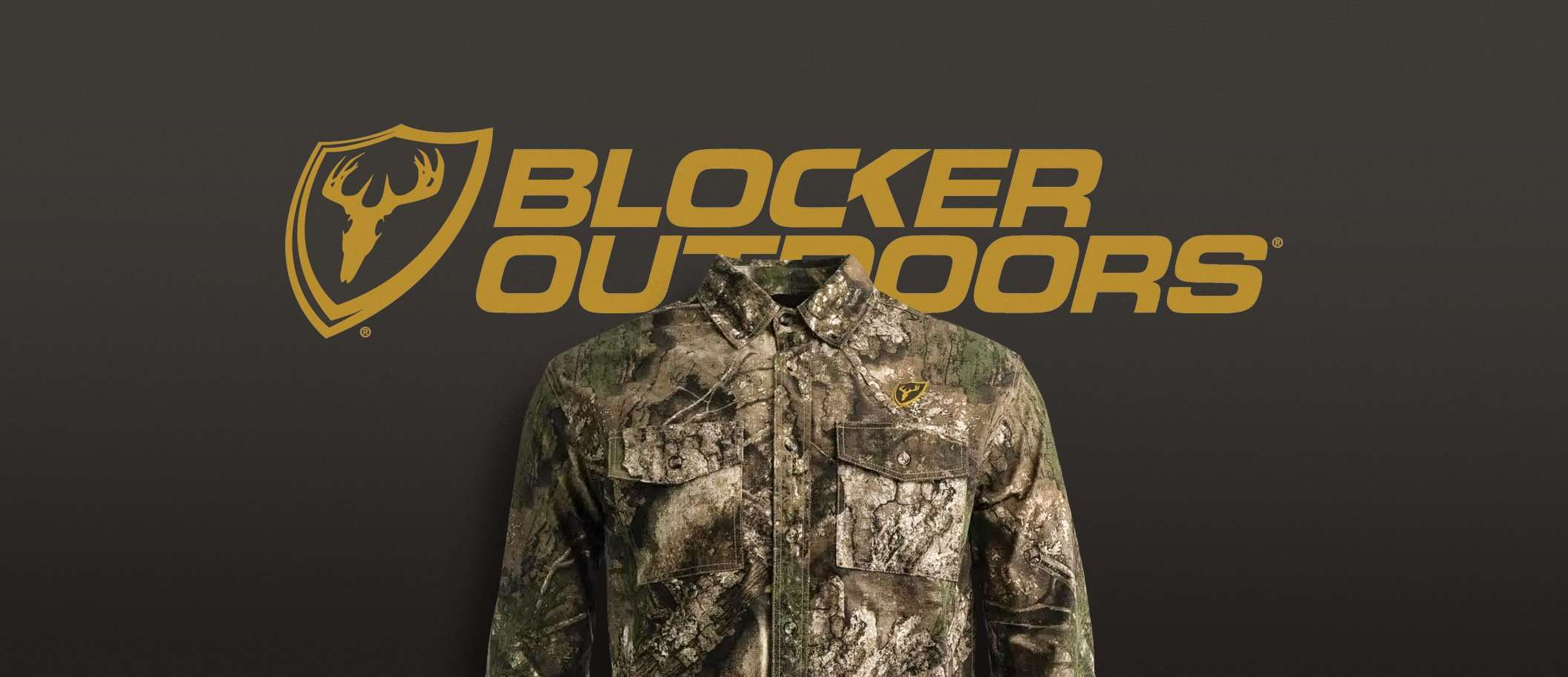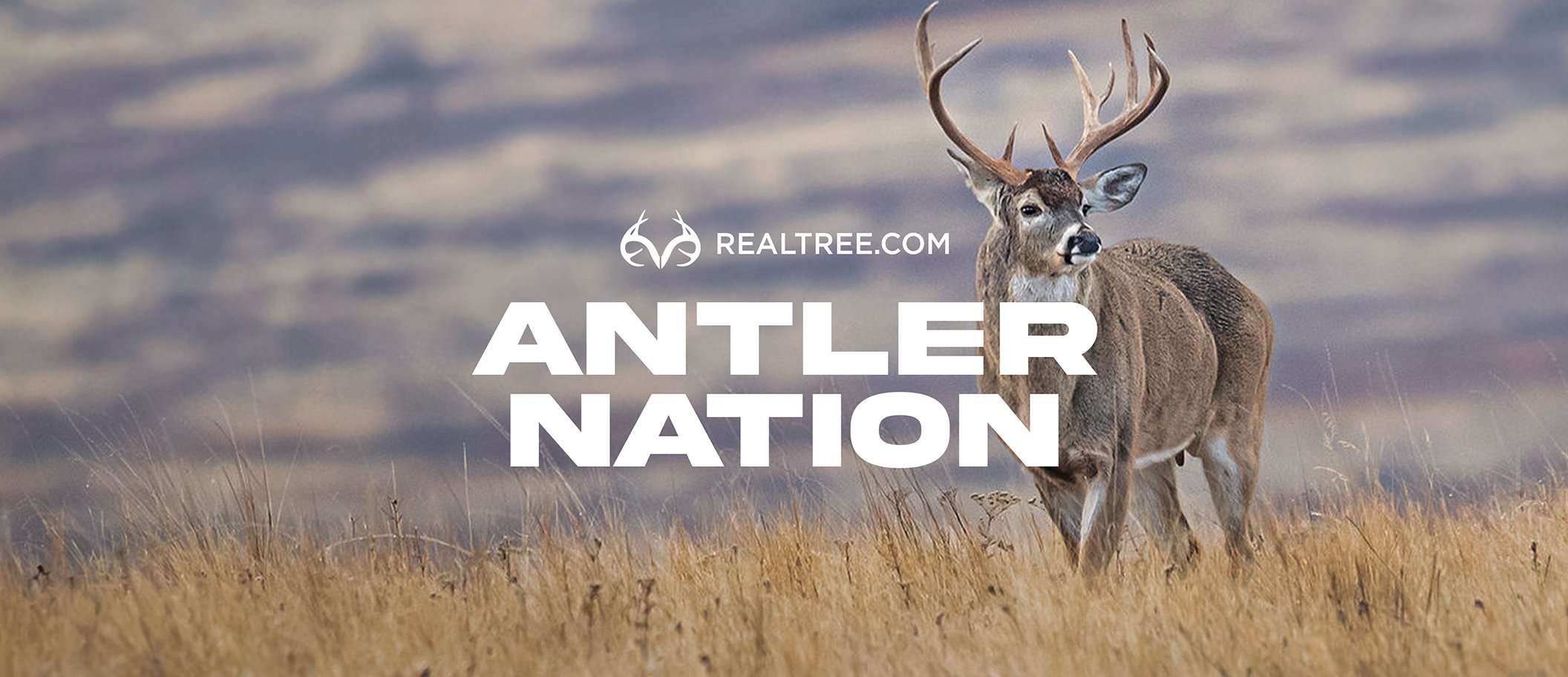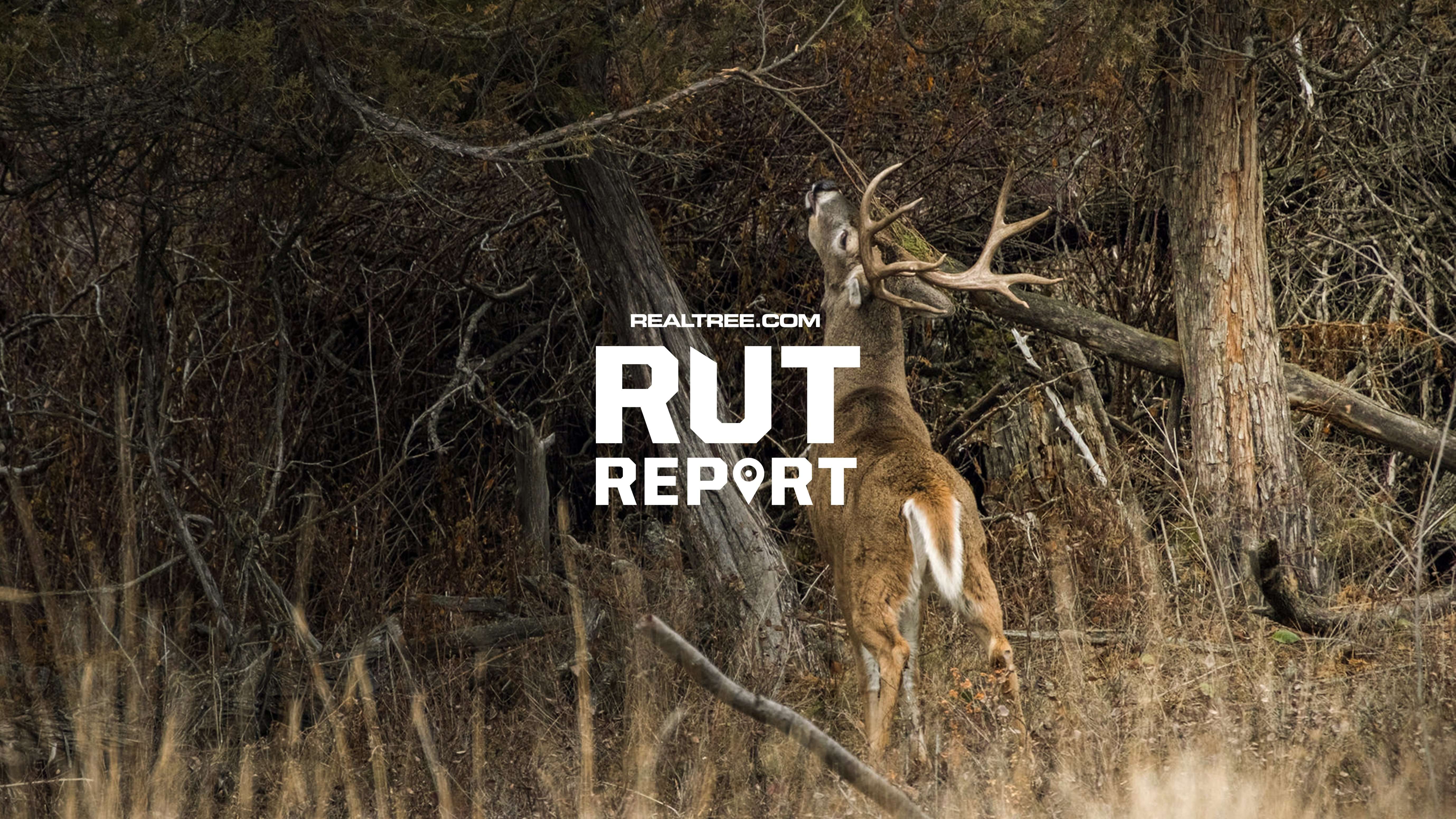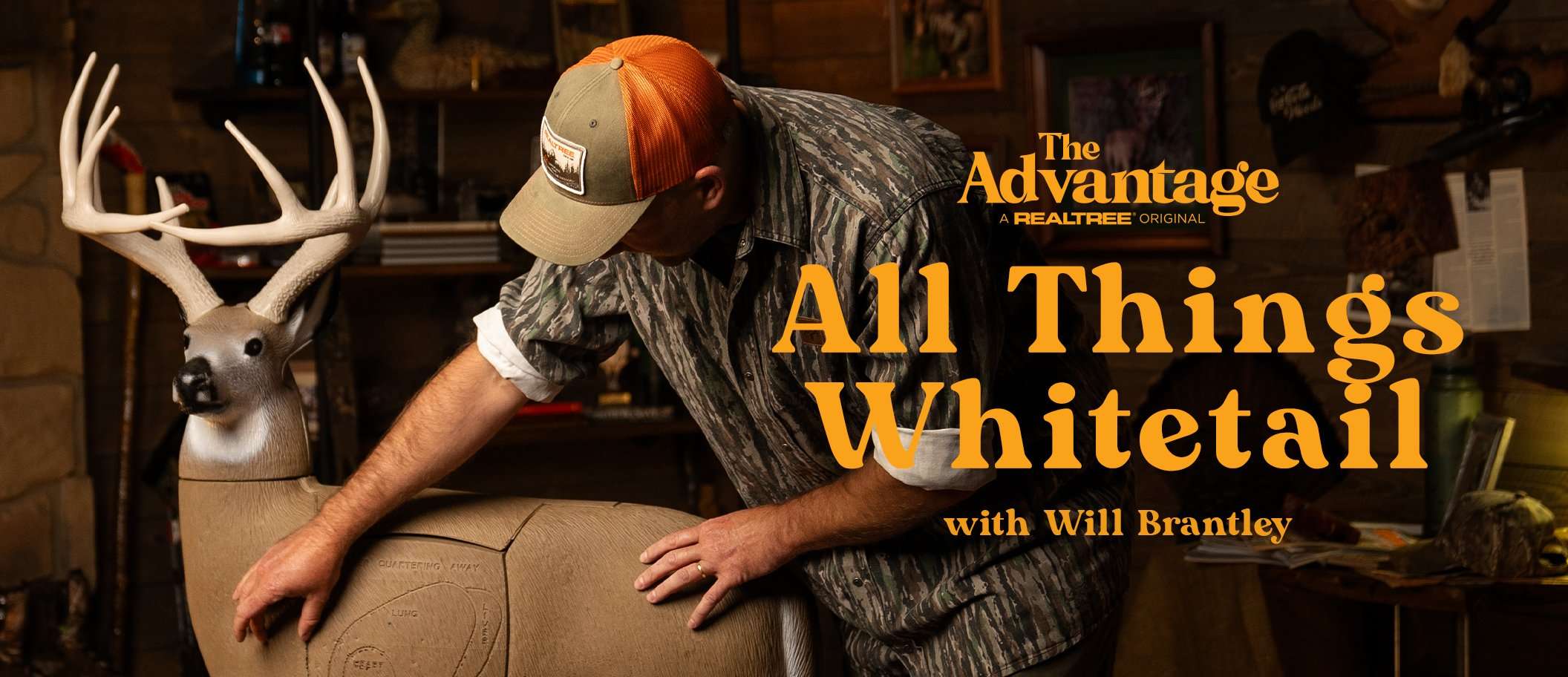Want to catch some egg-eating bandits ahead of turkey season? You can't go wrong with these deadly bait-and-lure combos
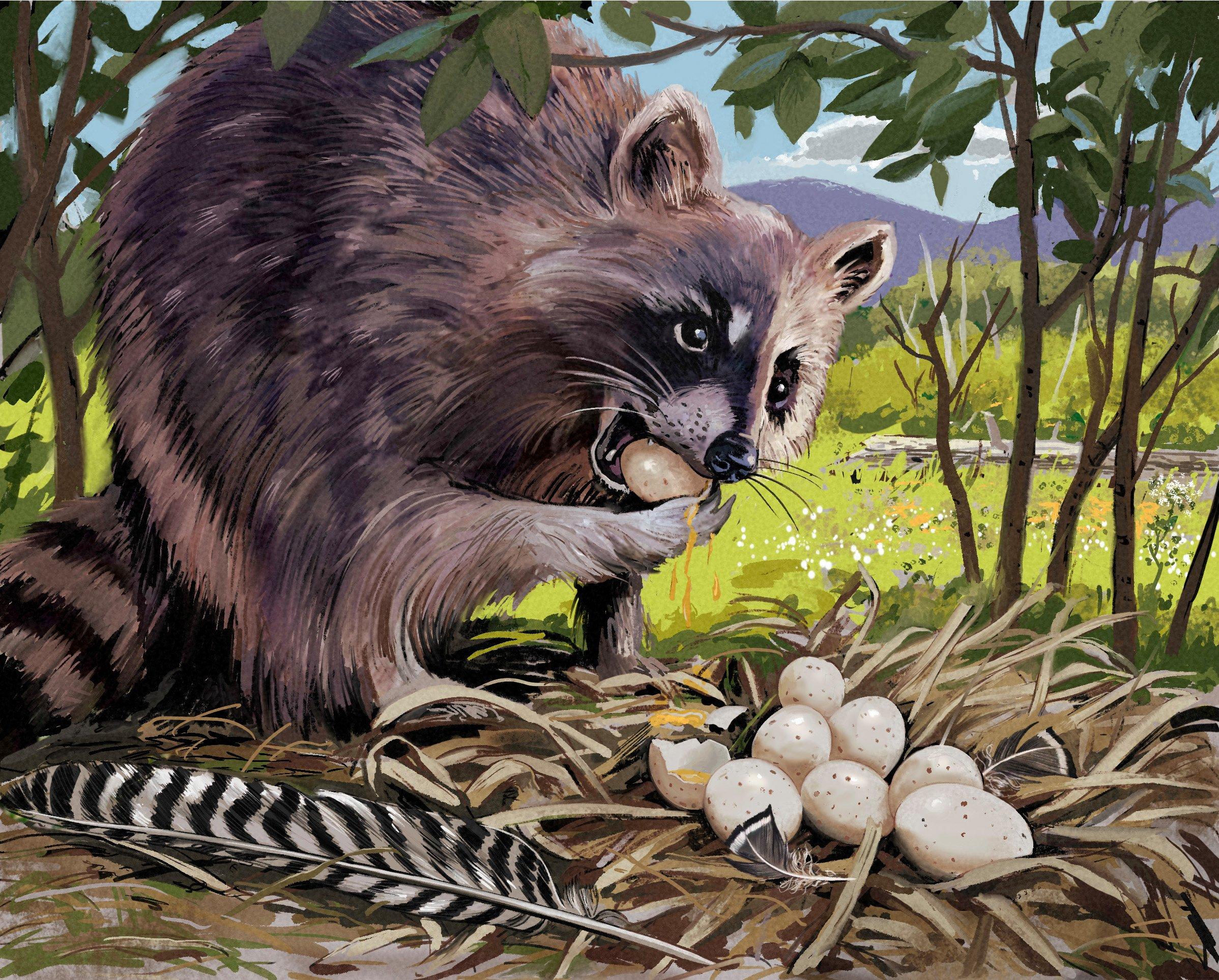
Raccoons are documented predators of ground nesting birds, including wild turkeys. Illustration by Steve Sanford
Raccoons are cute, clever, and turkey-egg-eating specialists. Studies have shown that a dense raccoon population can have a real impact on localized turkey hatches and brood rearing success. Keep that in mind while also considering that turkey populations are struggling in some areas of the country, especially in the Southeast. The reasons why are complex and not fully understood, but one common assumption is that poor-quality habitat makes hens and their nests more susceptible to predation. In many areas, there are more predators than ever before, too. It certainly doesn’t hurt the nesting efforts of the local turkey population, then, if some of the predators are taken off the landscape just before spring.
DON’T MISS: 10 Coyote Trapping Mistakes Beginners Make
If there’s been a silver lining to declining turkey numbers, it’s the rekindled interest in trapping. Despite a fur market that continues to be sluggish, many new trappers are hitting the field each winter with the goal of catching some predators and maybe helping a few more turkey eggs hatch. Learning to trap can seem intimidating, but nest predators like raccoons, opossums, and skunks are pretty easy to catch with minimal equipment. They’re the perfect “gateway critters” for new trappers.
GEAR LIST
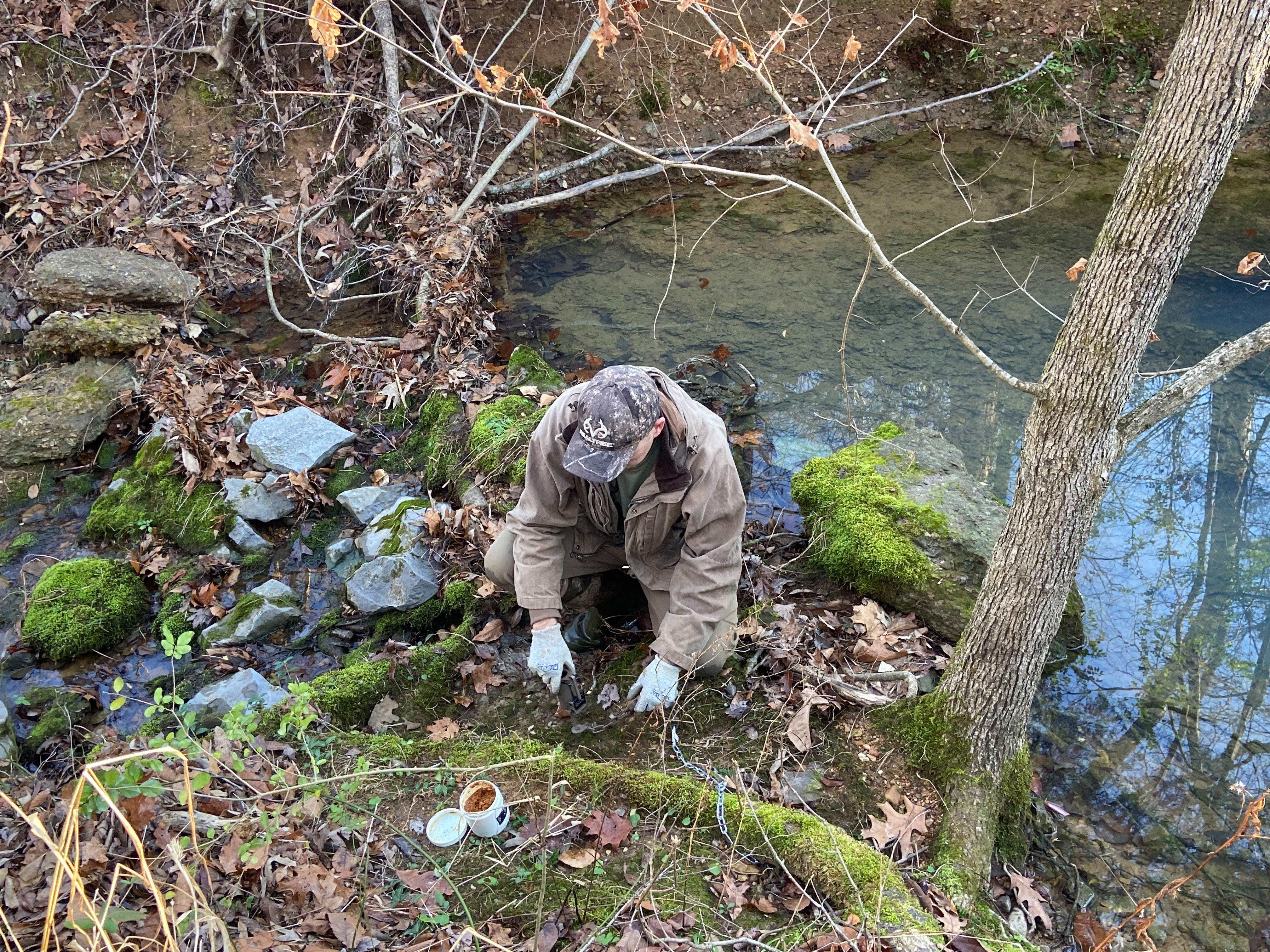
Trapping raccoons requires minimal equipment. A few properly rigged dog-proof traps, some good bait, and a creek bank setup often spell success.
For targeting raccoons specifically, 10 traps per 100 acres is a good start. You can catch fur with fewer traps, and more traps help your odds. Here’s a good starter equipment list:
* Trapping license and copy of local regulations
* 6 Dog-Proof (DP) raccoon traps (I use Dukes, but the brand doesn’t much matter. If your budget and experience are limited, stick with this style of trap)
* 6, 4-foot lengths of light chain and double snaps (for securing DP traps to trees)
* 3 foot-hold traps with swivels and earth anchors installed (I like Bridger No. 2 dogless traps, not to be confused with dog-proof; they’re a little large for raccoons, but they’ll hold coyotes and bobcats)
* 1 cage-style live trap (Handy for setting near areas with domestic pets)
* Metal labeling tags with your name and contact information
* Trapping hammer, anchor driver, and other miscellaneous equipment needed for setting foot-hold traps (check Youtube and again, it’s OK to stick to DPs only when you’re starting out)
RACCOON TRAPPING TECHNIQUES
I like to trap a property in sections, and February, during the raccoon breeding season and just prior to the turkey breeding season, is an especially good time, provided the trapping season is open in your state. Adult raccoons caught during this time will be easily replaced by newborn kits later in the spring, but the temporary void eases the predation pressure on turkeys while they’re nesting. That’s why, as many land managers will tell you, trapping can help local turkey populations, but only with sustained, annual effort.
But that’s good news for you, because every winter, there’ll be enough new raccoons running around to keep the trapline interesting. As you set traps, remember that any spot good enough for one trap warrants two or three, since raccoons, especially females and juveniles, frequently travel in groups. Catches often come quick, so if you connect a few nights in a row and then an area goes cold, move your traps to the next section of the property. For 100 acres, a 10-night effort is pretty good.
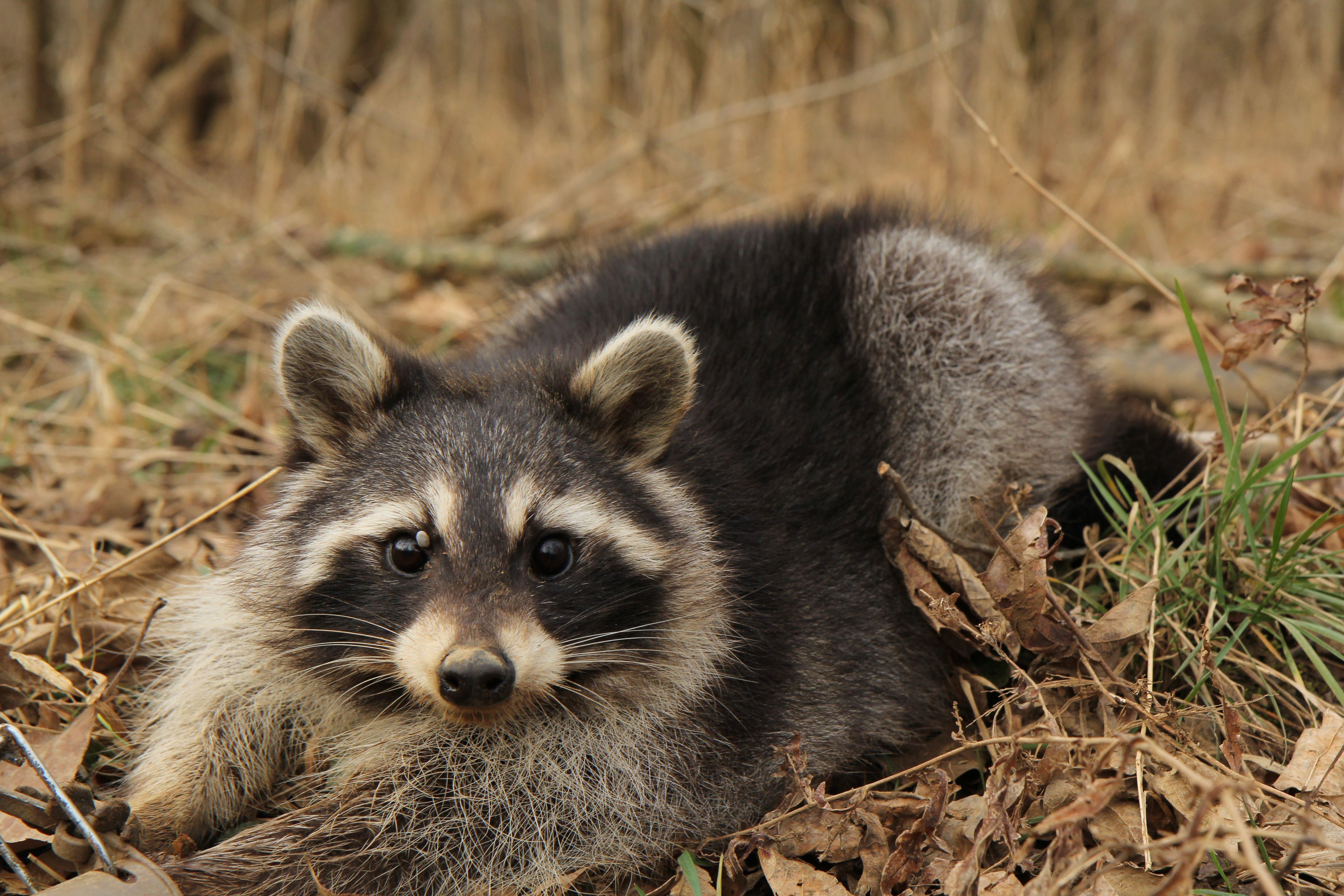
Raccoons caught in February still have prime fur, and they’ll be quickly replaced by kits born in the spring. But the temporary decline in predators gives turkeys and other birds a better chance of nesting successfully.
As you gain experience, you’ll learn to identify prime locations for sets, but start by placing traps where you’ve seen raccoons on your trail cameras. Deer feeders are always hotspots, as are corn field edges, creek bottoms, old barns and farmsteads, and oak ridges. Though ATV roads through fields are great places to catch coyotes (more on that here https://www.realtree.com/predator-hunting/galleries/10-coyote-trapping-mistakes-beginners-make), stick to the treelines for raccoons.
Raccoons are omnivores, and so you can catch them on about anything from your pantry or fridge. But some stuff works better. In general, good bait combos have a strong odor (and not always a bad one) to make for a “trailing” scent for raccoons to find your trap. Once they do, you need an attractive bait to entice the critter to work the setup long enough to spring the trap and get caught. These combos have worked well for me.
The Grab and Squeeze
The easiest way to bait a DP trap has been my most effective, too. Start with a Coon Grabber from F&T Fur Harvester’s Trading Post. They come in a bag of 10 or so, and cost about $9 per bag (I’ve used Anise and Shad flavors, and have caught coons on both, but there are other scents available). Position the Coon Grabber down in the tube, under the trigger of the DP trap. Then top it off with a little scoop of Pingley’s Coon Squeezins, which is a paste bait that seems to have ground corn, anise, and some other mystery ingredients. That’s it. Leave the Coon Grabber in the trap, and top off with the paste as needed. This combo is more expensive than some others on the list, but I happily pay the price for it because it works.
The Classic Combo
- Dry cat food
- Marshmallows
- Fish oil
Probably more raccoons are caught on this combo than anything else. Fill the tube of your DP trap about a third of the way full with dry cat food, just enough to cover the trigger. Then top it off with a marshmallow. Some trappers like to use one big marshmallow stuck in the top of the trap for visual appeal, but I personally prefer a couple smaller mallows in the trap, around the trigger. For a trailing scent, pop a gelatin capsule of fish oil (sold with the vitamins at pharmacies) onto the ground around the trap.
The PB&J
- Peanut Butter
- Oatmeal
- Grape Kool-Aid mix
Mix the peanut butter and dried oats together to form your own paste bait. You can carry it in a small Tupperware or in a sandwich bag. Put a good glob of it under and onto the trigger of your DP trap. Then, sprinkle a half packet of grape Kool-Aid drink mix powder on top of that, and a little around the trap. Never hurts to pop a fish oil capsule near this combination, either, but the peanut butter and drink mix both have a pretty powerful odor that raccoons love.
The Catch All
- Sardines in water
Sardines in mustard, olive oil, or hot sauce make for a fine snack. But for trapping, stick to plain sardines in water. A can of them costs less than a buck and is enough to bait up a full trapline. If you purely want to catch critters, nothing is more effective than a fresh sardine. Raccoons love them, but be ready to find plenty of possums and skunks in your traps as well. Sardines seem to work especially well in live traps, and in “cubby” sets with 220 body grip traps (a lethal setup that’s a little more trouble than it’s worth for raccoons and so not recommended above, but effective nonetheless).
The Foulest Stuff Money Can Buy
- Caven’s Hiawatha Valley predator bait
- Dunlap’s Hellfire smear lure
This combo is for foot-hold traps and “dirt hole” sets, same as you’d use for coyotes.
DON’T MISS: How to Make a Dirt-Hole Set for Trapping Coyotes
I’ve got a few go-to bait-and-lure combos for coyote trapping, but this one in particular catches a lot of big, boar raccoons that aren’t always fooled by the sweet stuff in a DP trap. The Hiawatha Valley bait is rank smelling stuff made from pulverized rodents, and the red gel Hellfire lure smells like a skunk. Handle both with rubber gloves and care, and don’t say I didn’t warn you. Youtube is a great resource for learning to make a dirt-hole set. Study up, and then put this one in the timber, where you’re likeliest to catch a raccoon, but could tie into a bobcat or coyote as well.
A surprise like that will make a dedicated trapper out of any turkey hunter.


